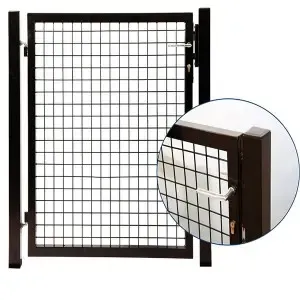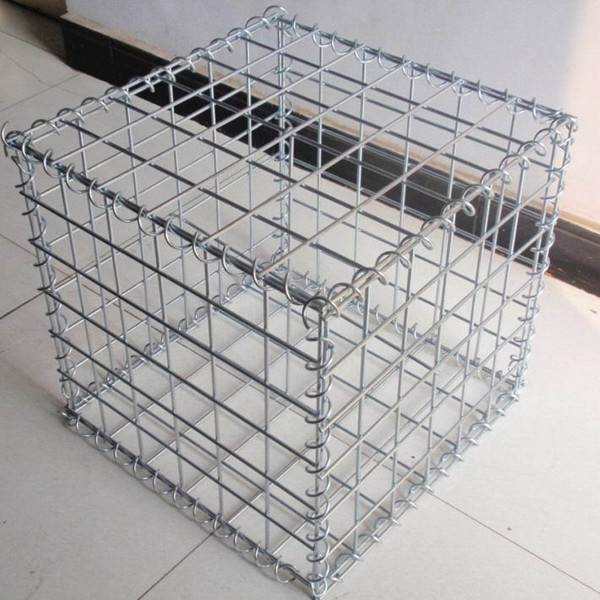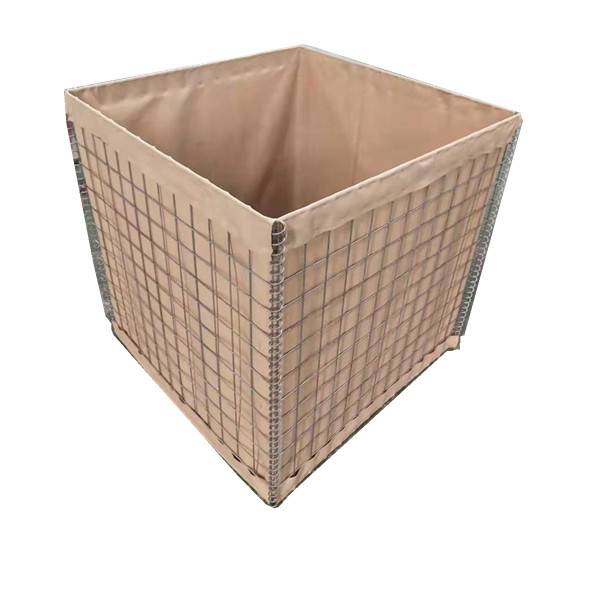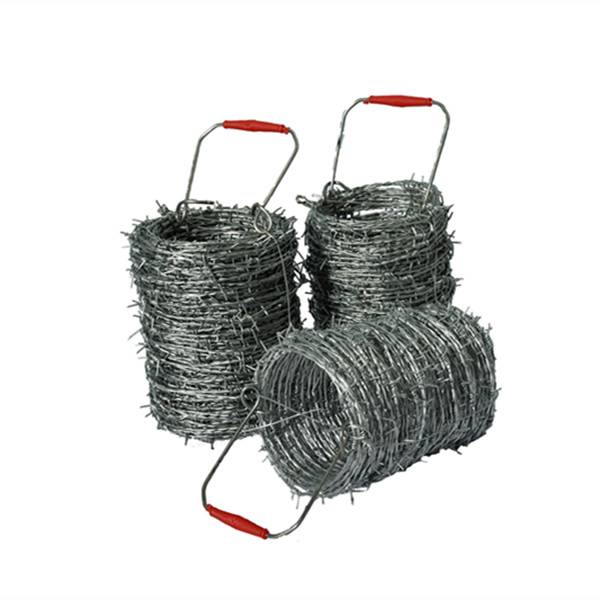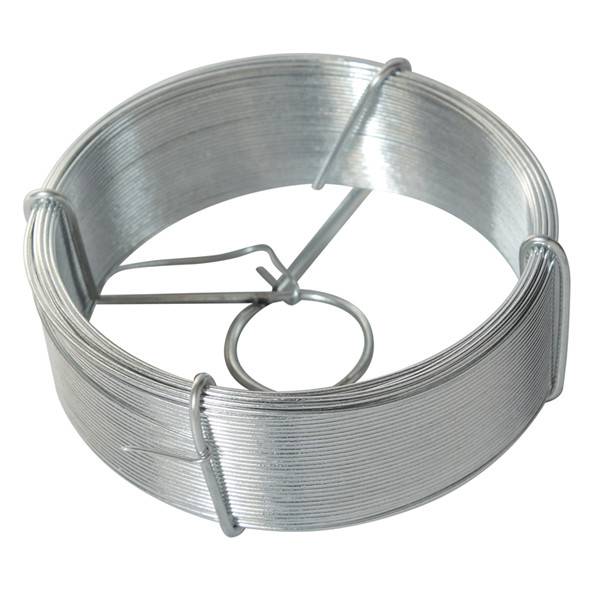
Nov . 18, 2025 13:30 Back to list
Durable GI Mesh Solutions for Construction, Agriculture & Industry | HardwareInStore
Understanding GI Mesh: A Global Solution for Construction and Beyond
If you’ve ever wandered through a construction site or admired hillside reinforcements, there's a good chance GI mesh played a silent but vital role. But what exactly is GI mesh, and why does it matter on a global scale? Simply put, GI mesh — short for galvanized iron mesh — is a steel wire mesh coated with zinc for enhanced durability and corrosion resistance. Its significance stretches across industries from infrastructure to humanitarian aid, offering strength, adaptability, and peace of mind in diverse environments.
Why GI Mesh Matters Worldwide
The world’s infrastructure needs are growing at an unprecedented pace. According to the UN’s Sustainable Development Goals, resilient infrastructure is foundational to economic growth and disaster mitigation. Here’s where GI mesh steps in: its corrosion-resistant nature makes it essential in coastal constructions, rural road networks, and even emergency shelters.
For example, roughly 40% of the world’s population lives in areas prone to natural disasters where reliable, quick-to-install materials are a must. GI mesh addresses this by reinforcing concrete structures, erosion control barriers, and temporary fencing — offering a practical, cost-effective answer to complex problems.
What Exactly Is GI Mesh?
At its heart, GI mesh is a network of metal wires arranged in a grid and coated in zinc. This coating protects the steel from rust and wear — crucial for long-term performance, particularly in humid or salty environments. In industrial terms, it’s a versatile construction staple that provides both tensile strength and flexibility.
Think of GI mesh as the backbone for many reinforced concrete projects — roads, bridges, buildings — and even in delicate applications like fencing in conservation areas or agricultural use. In humanitarian contexts, think emergency housing frameworks where corrosion-resistant materials extend the lifespan of facilities in harsh climates.
Core Components of GI Mesh
- Durability: The zinc coating extends life expectancy by shielding the mesh from rust — particularly important in tropical or marine environments.
- Flexibility: Despite its strength, GI mesh can be rolled and cut to size for onsite customization.
- Load-Bearing Capacity: Its wire thickness and mesh aperture sizes dictate how much stress it endures in structural applications.
- Cost Efficiency: Galvanized steel strikes a fine balance between price and longevity, often outperforming alternatives like stainless steel in affordability.
- Environmental Resistance: GI mesh withstands UV rays, moisture, and temperature swings without significant degradation.
Mini takeaway: GI mesh is a durable, flexible, and cost-effective material designed to endure tough conditions while supporting heavy structural loads.
GI Mesh in Action Across the Globe
Oddly enough, GI mesh pops up in so many places you might not suspect. In post-disaster relief efforts, for instance, NGOs use it to strengthen emergency shelters, preventing damage during storms or aftershocks. Coastal regions — think Southeast Asia or parts of the Mediterranean — rely on it heavily for seawall reinforcements, halting erosion.
In industrial zones, companies utilize GI mesh for fencing, safety guards, and equipment housings. It’s commonplace in agricultural fencing from New Zealand to Kenya, protecting livestock without breaking the bank. Even in urban architecture, architects incorporate GI mesh for facades and security elements due to its aesthetic potential and strength.
GI Mesh Product Specification Table
| Specification | Details |
|---|---|
| Material | High tensile galvanized iron wire |
| Coating | Zinc galvanization, 60–120 g/m² |
| Mesh size (aperture) | 12.5 mm, 25 mm, 50 mm options |
| Wire diameter | 1.6 mm to 4 mm |
| Standard dimensions | 1m x 25m rolls (custom cuts available) |
| Weight | 15–25 kg per roll (depending on wire gauge) |
Advantages & Long-Term Value of GI Mesh
It’s always tempting to just buy the cheapest wire mesh out there, but GI mesh offers more than a low upfront price. Its longevity in active use often means a lower total cost of ownership. The zinc coating means less frequent replacements and lower maintenance costs — a win for project budgets and the environment.
On a social level, reliable GI mesh infrastructure helps safeguard communities against floods, landslides, and other disasters, preserving property and even lives. There’s a real sense of trust and dignity wrapped up in quality construction materials — kind of like building a quiet fortress of safety.
How GI Mesh is Shaping Future Construction Trends
The future? It’s greener and smarter. Manufacturers are exploring eco-friendly galvanization techniques that reduce zinc runoff, aligning with ISO 14001 environmental management standards. Meanwhile, integration with digital construction tools means GI mesh layouts can be designed precisely for specific stress conditions, reducing waste.
Plus, as automation sweeps through construction, pre-cut and custom-sized GI mesh rolls designed by AI-driven software are becoming a thing. This reduces onsite labor time and errors — not to mention improves safety on the job.
Common Challenges and Expert Solutions
Despite its strengths, GI mesh isn’t perfect. For extreme acidic or heavily chlorinated environments, the zinc layer can wear faster than expected. Some engineers suggest supplementary coatings or even polymer mesh composites in these cases.
Logistics can also be tricky — GI mesh rolls are heavy and bulky. Innovative packaging and modular panel systems are evolving to make transportation and installation easier, especially in remote regions.
Vendor Comparison Table: Popular GI Mesh Suppliers
| Company | Price Range | Customization Options | Lead Time | Eco Certifications |
|---|---|---|---|---|
| SteelGrid Inc. | $$ | Custom wire diameter & mesh size | 2–4 weeks | ISO 14001 |
| Global Mesh Solutions | $$$ | High customization, including coatings | 3–5 weeks | LEED Verified |
| EcoMetal Works | $ | Limited sizes, bulk discounts | 1–2 weeks | ISO 9001, ISO 14001 |
FAQ: Your Burning Questions About GI Mesh Answered
1. How long does GI mesh typically last outdoors?
With proper galvanization, GI mesh can last anywhere between 10 to 30 years outdoors. Coastal or highly acidic environments may shorten this lifespan, so additional protective coatings or periodic inspections are advisable.
2. Can GI mesh be used in temporary structures or only permanent ones?
Absolutely! GI mesh is highly versatile and is often chosen for temporary construction sites, fencing, or emergency relief structures because it’s easy to transport and install yet durable enough to withstand short- to medium-term use.
3. Is GI mesh recyclable?
Yes, GI mesh is fully recyclable because it’s made from steel. The zinc coating can also be recovered during metal recycling processes, which supports circular economy efforts.
4. How does GI mesh compare to stainless steel mesh?
Stainless steel mesh offers superior corrosion resistance but at a significantly higher cost. GI mesh hits a sweet spot for many projects by balancing durability with affordability, especially when zinc coating suffices.
5. Where can I buy quality GI mesh for industrial use?
Reputable suppliers like those listed above provide industrial-grade options. For specific needs, look for vendors with certifications (ISO, LEED) and positive industry reviews. [Here’s a good place to start](https://www.hardwareinstore.com).
Final Thoughts on GI Mesh
In real terms, GI mesh isn’t just a building material — it’s a quiet enabler of resilient infrastructure, safety, and long-term sustainability worldwide. Whether in sprawling cities or remote villages, GI mesh helps hold things together when it counts.
If you’re considering products for your next project, don’t overlook how much proper material choice matters. Visit our website at hardwareinstore.com to explore a wide range of GI mesh products tailored to your needs.
References:
-
Custom Weld Mesh – Tailored Solutions for Durable Industrial Fencing & Construction
NewsNov.24,2025
-
Comprehensive Guide to Chicken Welded Wire Mesh: Uses, Benefits & Suppliers
NewsNov.23,2025
-
BRC Weld Mesh – Durable Reinforcement Solutions for Modern Construction
NewsNov.23,2025
-
Durable BRC 3315 Mesh for Reliable Concrete Reinforcement | Hardware In Store
NewsNov.23,2025
-
Discover the Benefits of Green Weld Mesh – Durable, Sustainable Fencing Solutions
NewsNov.22,2025
-
Electro Welded Mesh: Durable, Versatile Steel Grid Solutions | HardwareInStore
NewsNov.22,2025
Products categories





